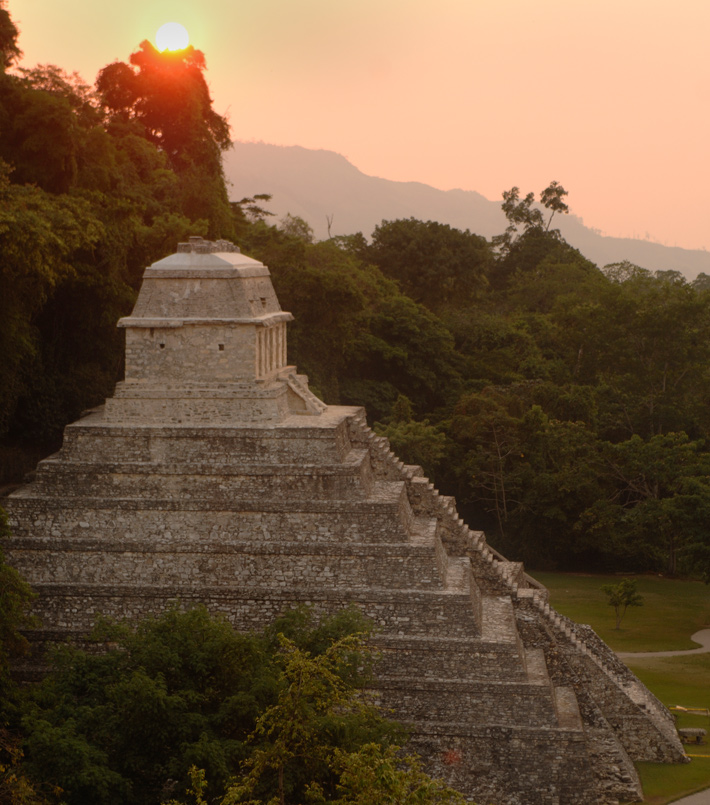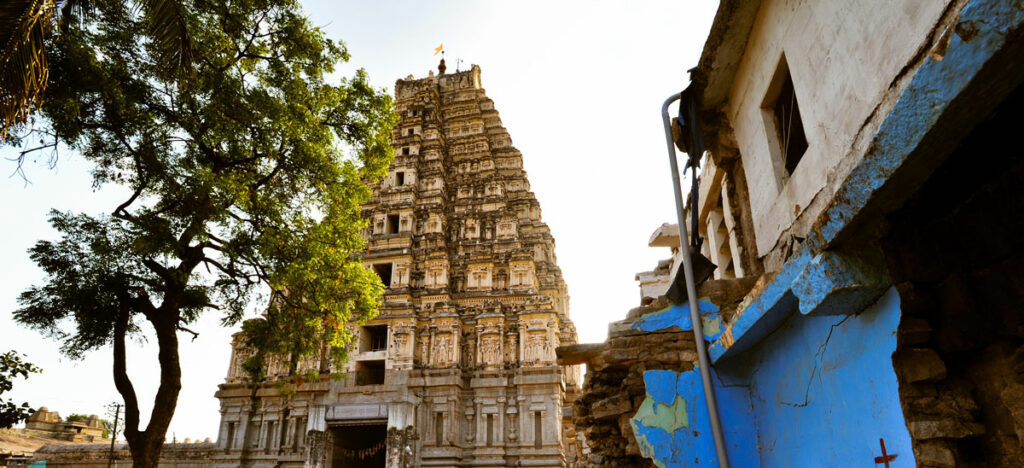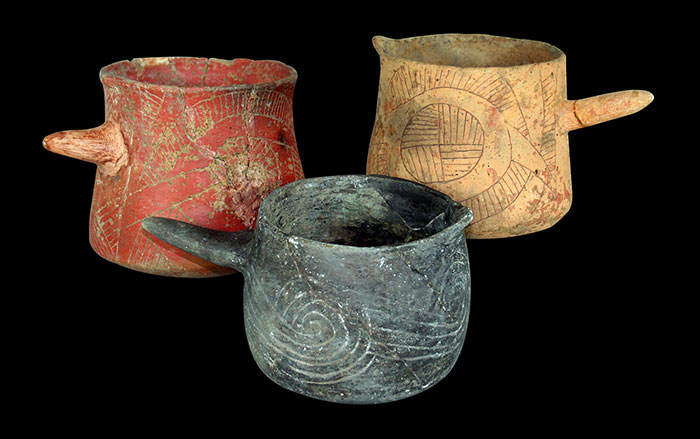When the team of archaeologists from Aarhus University began finding human bones in Alken Enge bog in eastern Denmark three years ago, they weren’t sure what to think—but they knew they wanted to return. After more than two months in the field this past summer, they have now recorded the remains of nearly 250 individuals, as well as spearheads, shields, clubs, and an ax, all part of what project archaeologist Mads Holst believes is evidence for a catastrophic military event that occurred around A.D. 1. At this time the Roman Empire had reached its northern boundary just 185 miles south of Alken, resulting in turmoil and increased militarization of the local tribes in response to the empire’s expansion. According to Holst, it appears that the soldiers from the bog, a unique find in northern Europe, may have been killed in battle—their wounds are consistent with battle damage—and then buried in the bog in some sort of ritual.
Holst is certain there is a great deal more to uncover and to learn. “We have only excavated about 1,600 square feet so far, just a small part of the complex. But we know from surveying and doing small test excavations that there are finds from an area that covers almost 100 acres,” says Holst. “The scale of the conflict is much larger than we expected and reveals a much higher level of organization than most ancient descriptions of these tribes would have you believe.”











